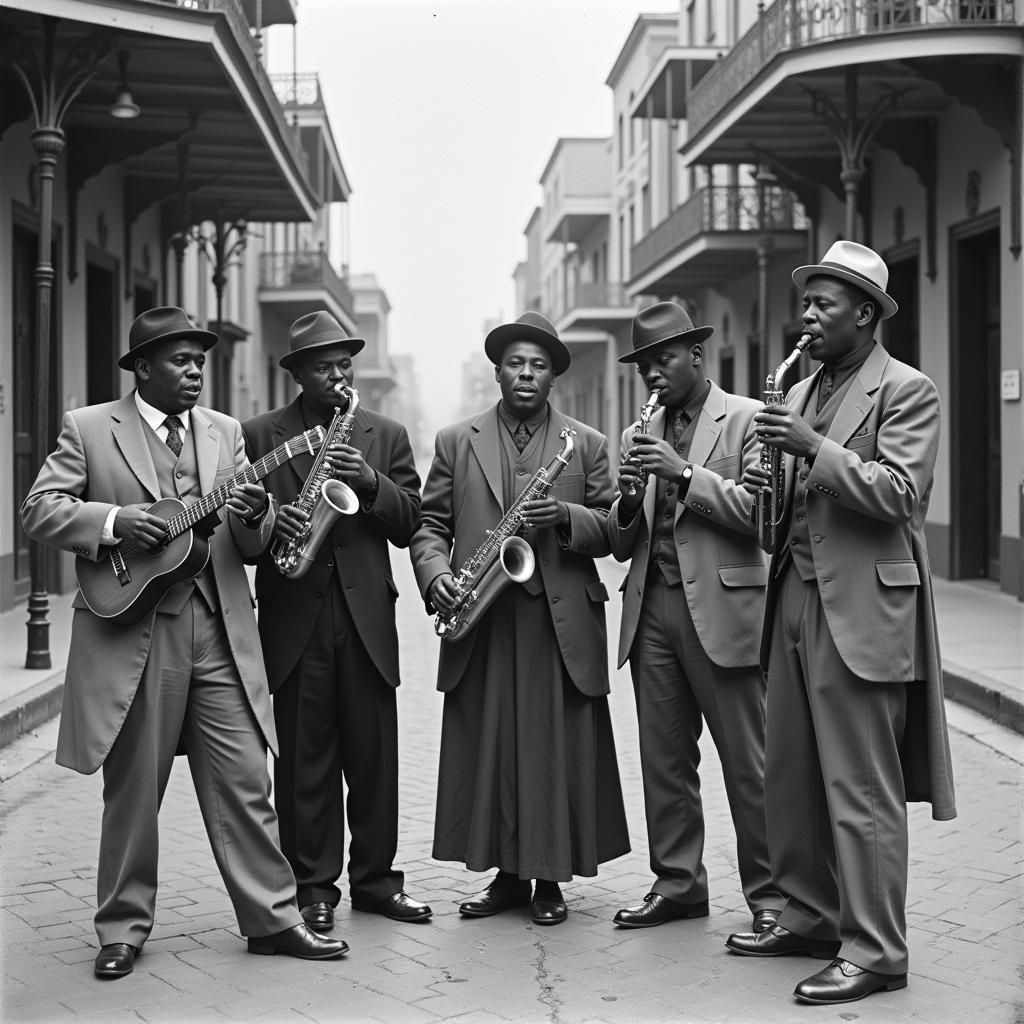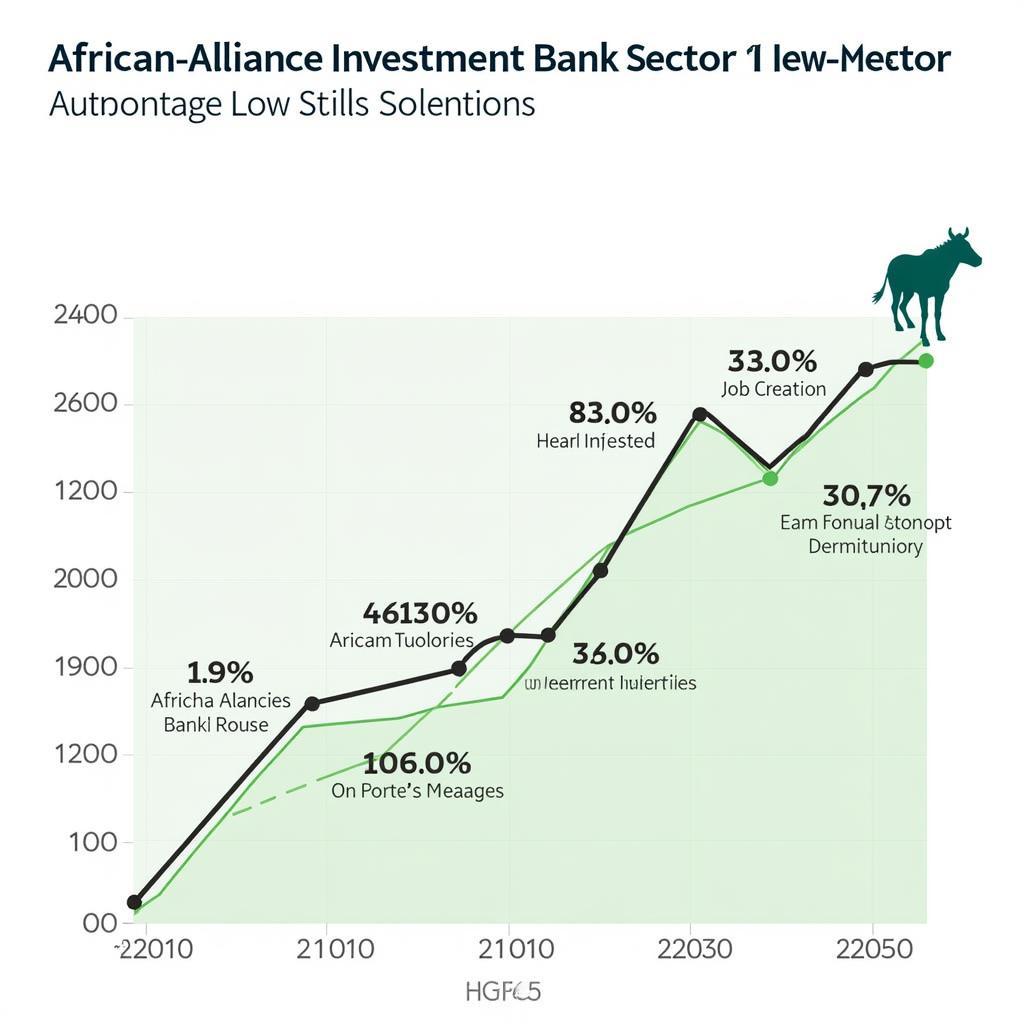A Deep Dive into African American Jazz History
African American Jazz History is an exploration of resilience, creativity, and the power of music to transcend social barriers. Born in the late 19th and early 20th centuries, jazz music emerged from the unique cultural fusion within African American communities in the Southern United States. This vibrant genre quickly evolved into a powerful form of expression, reflecting the joys, sorrows, and ongoing struggles of its creators.
The Roots of African American Jazz
To understand African American jazz history is to trace its roots back to the musical traditions brought over from West Africa during the transatlantic slave trade. Rhythmic complexities, call-and-response patterns, and improvisational elements, central to West African musical heritage, laid the groundwork for this new American art form. These influences blended with European musical traditions like ragtime and blues, culminating in the birth of jazz. New Orleans, a melting pot of cultures, provided fertile ground for this musical innovation.
 Early Jazz Musicians in New Orleans
Early Jazz Musicians in New Orleans
Pioneers Who Shaped the Sound
The early 20th century saw the rise of legendary figures who would indelibly shape African American jazz history. From the iconic trumpet of Louis Armstrong to the soulful piano of Jelly Roll Morton, these pioneers breathed life into a genre that defied categorization. Their innovations in improvisation, syncopation, and blue notes laid the foundation for future generations of jazz musicians.
The Harlem Renaissance and Jazz’s Golden Age
As jazz music migrated northwards with the Great Migration, it found a new home in Harlem, New York City. This period, known as the Harlem Renaissance, saw an explosion of African American art, literature, and music. Jazz clubs flourished, becoming hubs of creativity and cultural exchange. The 1920s witnessed the rise of big band jazz, with Duke Ellington and Count Basie leading the charge. Their sophisticated arrangements and captivating stage presence brought jazz into the national spotlight.
Beyond the Big Bands: Bebop and Beyond
The mid-20th century marked a turning point in African American jazz history with the emergence of bebop. Pioneered by artists like Charlie Parker and Dizzy Gillespie, bebop was a departure from the danceable tunes of the big band era. Characterized by its complex harmonies, rapid tempos, and improvisational virtuosity, bebop was a music for listening, demanding a higher level of musical understanding from its audience.
Jazz as a Form of Resistance
Throughout its evolution, jazz has served as a powerful vehicle for social commentary and resistance. During the Civil Rights Movement, artists like Nina Simone and John Coltrane used their music to address racial injustice and advocate for equality. Their soulful voices and poignant lyrics resonated deeply with audiences, amplifying the messages of the movement.
 Nina Simone Live Performance
Nina Simone Live Performance
The Legacy of African American Jazz
The influence of African American jazz history extends far beyond the realm of music. It has shaped cultural movements, inspired generations of artists, and continues to be a source of innovation and creativity. From the smooth sounds of contemporary jazz to the experimental fusions of jazz fusion, the legacy of this genre is vast and ever-evolving.
Conclusion
African American jazz history is a testament to the power of music to transcend social barriers and give voice to the human experience. From its humble beginnings in the streets of New Orleans to its global impact, jazz has left an enduring mark on the world. As we celebrate the pioneers and innovators who have shaped this genre, we recognize the profound influence of African American culture on the tapestry of music history. Their contributions continue to inspire and resonate with audiences worldwide.



